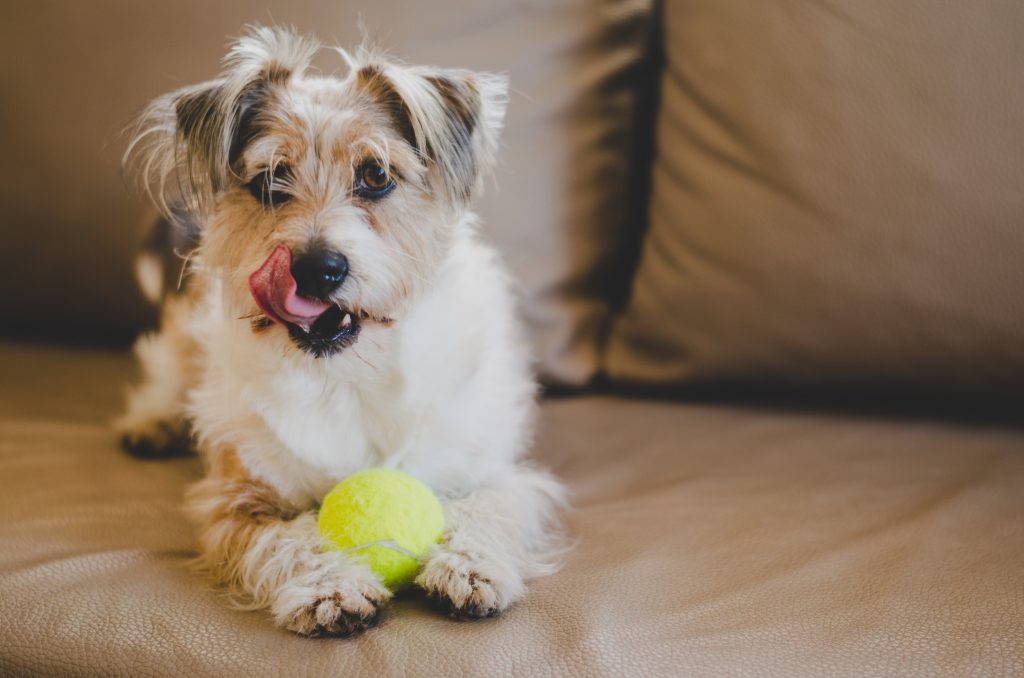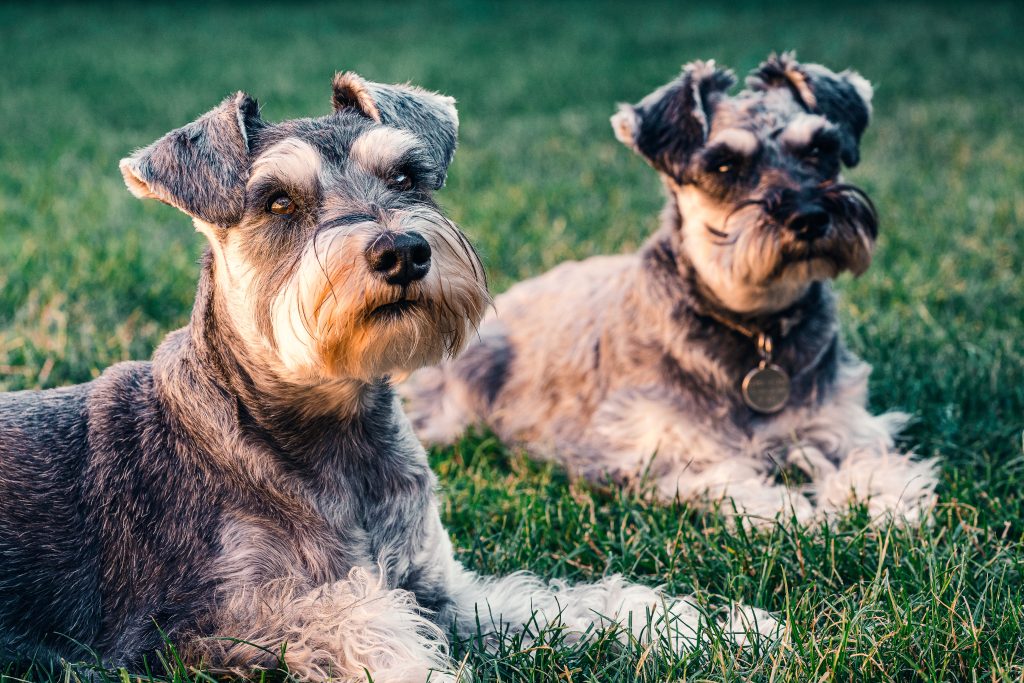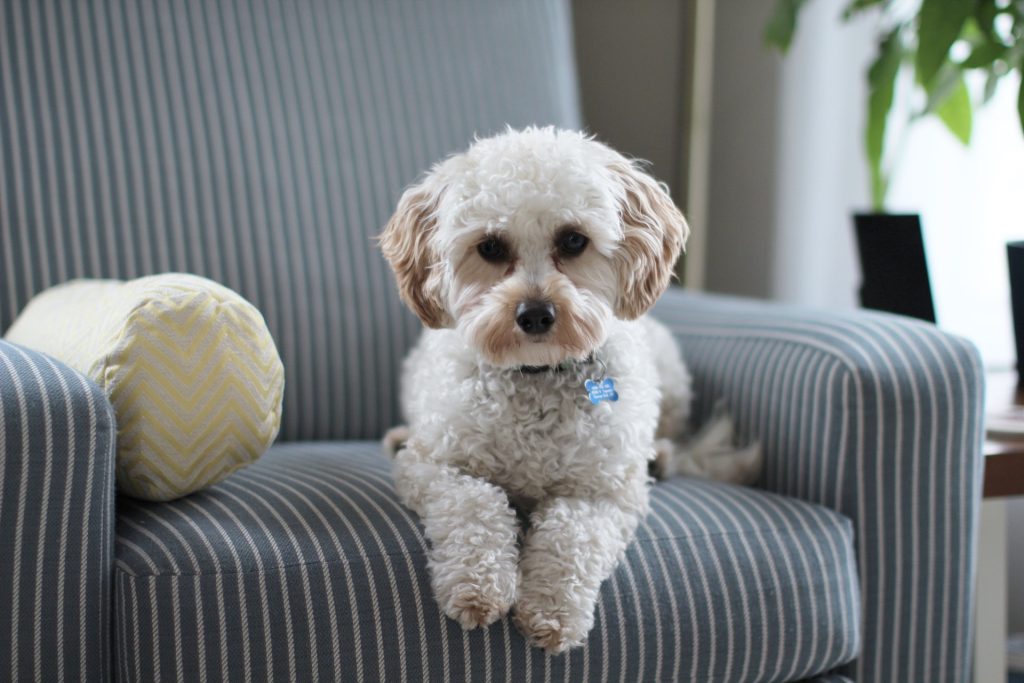Grooming is an essential aspect of pet care, and deciding whether to shave your dog depends on various factors. The answer isn’t a simple yes or no, as it largely depends on your dog’s breed, coat type, and the climate you live in. If you find yourself asking the question, “should I shave my dog?” Keep reading to find the answer!

Understanding Your Dog’s Coat
Different dog breeds have distinct coat types, including double coats, single coats, and hairless coats. Double-coated breeds like Siberian Huskies and Golden Retrievers have a soft undercoat beneath a protective topcoat. Shaving these breeds can disrupt their natural insulation and sun protection, potentially leading to skin problems.
Single-coated breeds, such as Poodles and Maltese, have hair that grows continuously and doesn’t shed seasonally. Shaving these breeds is more common and can help manage their fur length. However, consulting a professional groomer is crucial to prevent uneven cuts and skin irritation.
The Impact of Climate
Your geographical location plays a vital role in deciding whether to shave your dog. In hot climates, you might assume that shaving your dog will keep them cooler. However, a dog’s coat is designed to regulate temperature, acting as insulation against both heat and cold. Shaving a dog with a double coat in a hot climate can actually expose them to sunburn and skin damage.
Pros of Shaving Your Dog
While shaving might not be suitable for all dogs, there are certain benefits for specific situations:
- Managing Mats and Tangles: Dogs with long hair are prone to mats and tangles. Shaving can provide a fresh start and make coat maintenance more manageable.
- Hygiene and Cleanliness: Shaving can help keep your dog cleaner, especially if they frequently get dirty or have incontinence issues.
- Medical Reasons: In some cases, veterinarians might recommend shaving for medical purposes, such as treating skin infections or reducing the risk of parasites.
Cons of Shaving Your Dog
Before making the decision to shave, consider the potential drawbacks:
- Sunburn and Skin Damage: Shaving can expose your dog’s sensitive skin to harmful UV rays, leading to sunburn and an increased risk of skin problems.
- Coat Disruption: Shaving a double-coated breed can interfere with their natural insulation and cooling mechanisms, causing discomfort.
- Irregular Hair Growth: Shaved coats might grow back unevenly, leading to an awkward appearance.
Expert Tips for Grooming Your Dog
If you decide to proceed with shaving your dog, here are some expert tips to ensure a safe and comfortable experience:
- Consult a Professional: Seek advice from a professional groomer or veterinarian who can recommend the best grooming approach for your dog’s breed and coat type.
- Regular Brushing: Regularly brush your dog’s coat to prevent tangles and mats before considering shaving.
- Appropriate Length: If you decide to shave, leave a sufficient length to protect your dog’s skin from the sun.
- Sun Protection: Invest in dog-safe sunscreen to protect exposed skin from UV rays, especially for lightly pigmented dogs.

FAQs about Shaving Your Dog
Can I shave my dog at home?
Shaving your dog at home is possible, but it’s recommended to consult a professional groomer, especially if your dog has a double coat. Groomers have the expertise to avoid common mistakes and ensure your dog’s safety and comfort.
Will my dog’s fur grow back the same after shaving?
After shaving, your dog’s fur might grow back differently. It could be coarser or have changes in color and texture. This is normal and usually temporary.
Are there alternatives to shaving for managing my dog’s coat?
Yes, there are alternatives like regular brushing, trimming, and maintaining a proper diet to support healthy coat growth. Consult a groomer to determine the best approach for your dog.
How often should I groom my dog?
The grooming frequency depends on your dog’s breed and coat type. Long-haired breeds might require grooming every 4-6 weeks, while shorter-haired breeds may need it less often.
Can shaving prevent shedding?
Shaving won’t prevent shedding, as shedding is a natural process. Regular dog grooming and brushing can help manage shedding effectively.
What are signs that my dog is uncomfortable with their coat?
If your dog is excessively scratching, biting their fur, or showing signs of skin irritation, it might indicate coat discomfort. Consult a veterinarian to rule out any underlying issues.

Deciding whether to shave your dog is a significant choice that requires careful consideration. Remember that each dog is unique, and what works for one might not be suitable for another. Prioritize your dog’s health, comfort, and well-being when making grooming decisions. Consulting with professionals and staying informed about your dog’s specific needs will guide you in providing the best care for your furry friend.
Read more blog posts!
